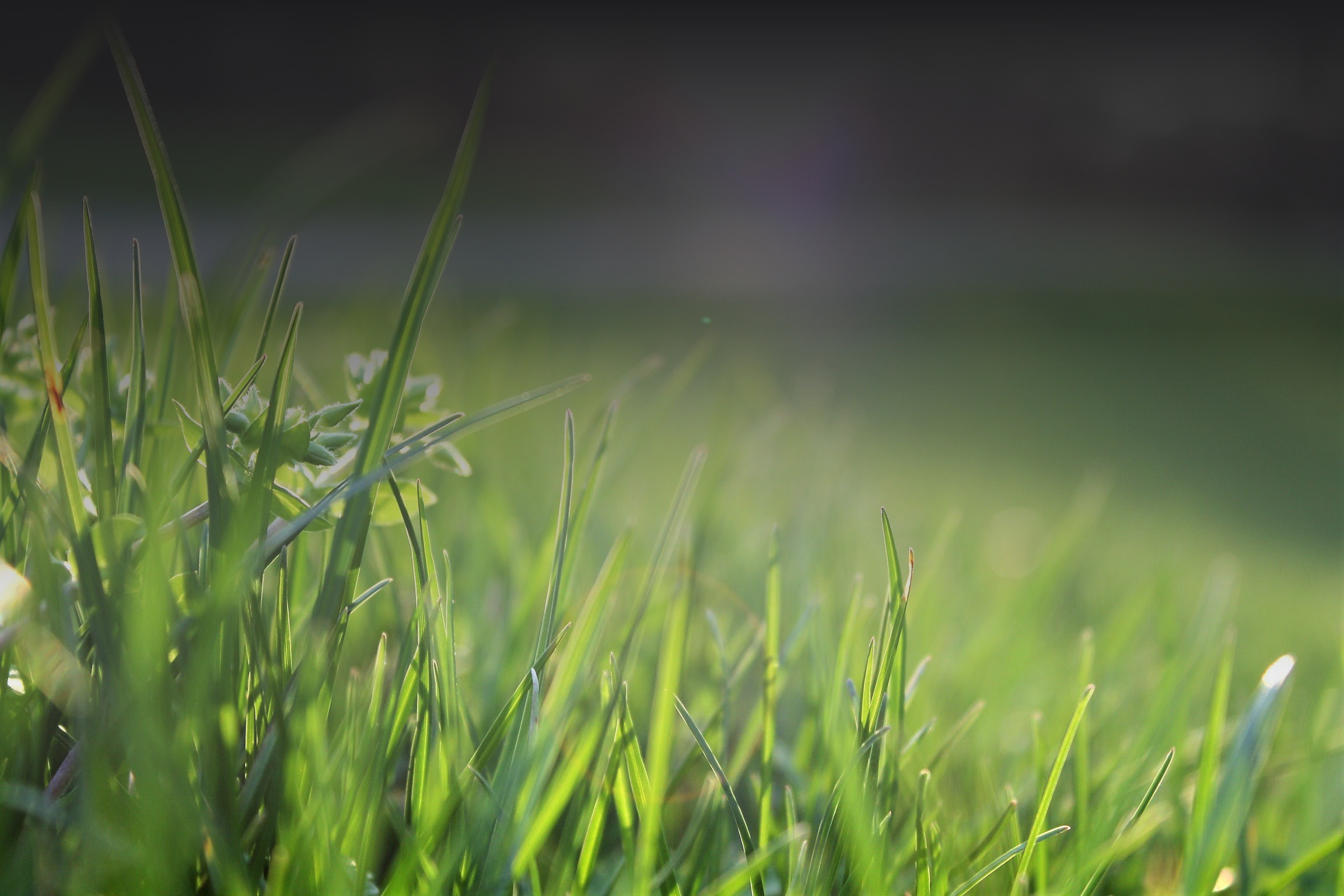Do you struggle to keep your lawn green? Does your turf have brown patches? Are pests ripping up your yard causing it to peel easily? These can all be signs of diseases or infestations in your turf and There is no single cure all for these issues. Each disease or pest requires a specific method to control the spread or remedy your problem. Most diseases lie dormant in soil. Weather conditions or maintenance habits will lead to these diseases becoming a headache. If a disease has run rampant in your lawn, simply killing it off won’t help. The damage has been done and now you need to revive the lawn by overseeding and establishing new growth in the affected areas.
Why wait until signs of disease to treat your lawn? Most diseases can be kept under control with healthy cultural practices and spraying pesticides. A regular application schedule can help maintain a beautiful, healthy lawn. Assuring that your lawn has the proper nutrients to fight off diseases is the best approach. Your lawn has a microbiome that is constantly battling for control, so reinforcing good bacteria is essential. Soil tests are recommended to accurately know the characteristics of the soil and can lead the applicator to apply treatment appropriately. Accurate identification of a disease is key so there is no misapplication of chemicals.
When selecting which kind of fertilizers to use on your lawn we highly recommend using organic fertilizers. Non-organic fertilizers can consist of polymers and other minerals. They also burn hotter and faster than organic. In the pursuit of staying green I use organic fertilizer most of the year except for pre-emergent fertilizer that is applied in the spring.
Having done all that, a green lawn still isn’t guaranteed. Maintenance habits or environmental factors can greatly influence the status of turf. Mowing too short or tall can be a factor. Removing 1/3 of the height is a general rule of thumb for mowing. Another major factor is water. Many yards with irrigation tend to be overwatered. Watering multiple times a day and many days a week can lead to a shallow root system and damp conditions that are prime for disease growth or abundance of pests. All yards should have proper drainage so after rain or irrigation, water doesn’t remain for extended periods of time. Maintaining a pristine lawn is hard work. The use of fertilizers and other chemicals are helpful tools when trying to achieve this. Understanding all the factors mentioned is essential so you can quickly and accurately troubleshoot issues.

